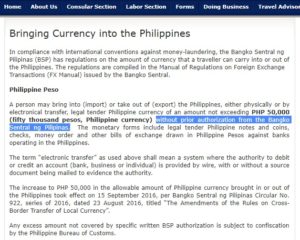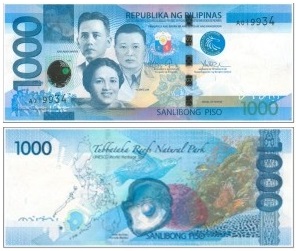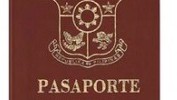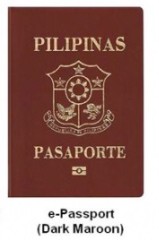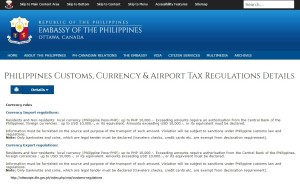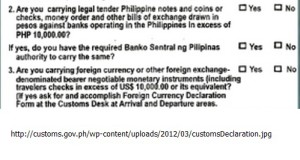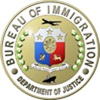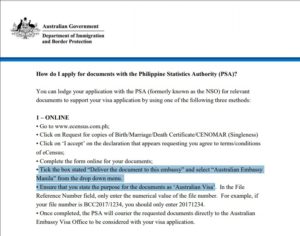Filipina Married in Australia changing Middle name to Maiden name
Philippine Name Change Regulations for Filipina Marriage
Under Philippine regulations, for single women and men, the middle name refers to the Surname of the person’s mother.
The processing of Philippine passports is guided by the Philippine Passport Act of 1996 and other relevant regulations, including the Civil Code of the Philippines.
Married applicants who wish to use the surnames of their husbands in their passports are advised that the following format will be used in accordance with Article 370 of the Civil Code of the Philippines which states that:
“A married woman may use:
(1) Her maiden first name and surname and add her husband’s surname,”
Once a woman marries and decides to use the surname of her husband, the maiden middle name (i.e. Santos) is automatically dropped and is replaced by her maiden surname (i.e. Cruz).
Australian Name Change Regulations for Filipina Marriage
In Australia, a person’s middle name refers to his second name, it is not a family name.
Applying Australian regulation to Juana Santos Cruz who marries John Doe, she drops her maiden surname (i.e. Cruz) and instead carries her maiden middle name (i.e Santos) making her new full name, Juana Santos Doe. This is contrary to Philippine Laws.
As such, this regulation cannot be applied to a Philippine passport.
Married applicants who are already using their married names in some of their Australian-issued identification cards/documents adopting Australian regulations are advised to apply for a Change of Name with the Australian Registry of Births, Deaths, and Marriages in the State/Territory where they reside to harmonise records with the name reflected on their Philippine passport.
Sources:
Australian Registry of Births, Deaths, and Marriages:
Births, Deaths and Marriages in the ACT
Registry of Births, Deaths and Marriages in NSW
Registry of Births, Deaths and Marriages in the NT
Births, Deaths, Marriages and Divorces in Qld
Births, Deaths and Marriages in SA
Registry of Births, Deaths and Marriages in Tas
Registry of Births, Deaths and Marriages in Vic
Registry of Births, Deaths and Marriages in WA
Republic Act 386 The Civil Code of the Philippines Articles 364-380
Article 370 of the Civil Code states:
A married woman may use:
(1) Her maiden first name and surname and add her husband’s surname, or
(2) Her maiden first name and her husband’s surname or
(3) Her husband’s full name, but prefixing a word indicating that she is his wife, such as “Mrs.”
There are certain provisions under the law, which limit the instances when a married woman who has already opted to use her husband’s surname to revert to the use her maiden name, such as those provided under Republic Act No. 8239 or the Philippine Passport Act of 1996.
A Married woman is not obliged to use her husband’s surname
In the case of Maria Virginia V. Remo vs. The Honorable Secretary of Foreign Affairs (G.R. No. 169202, March 5, 2010), the Supreme Court explained:
A married woman has an option, but not a duty, to use the surname of the husband in any of the ways provided by Article 370 of the Civil Code. She is therefore allowed to use not only any of the three names provided in Article 370, but also her maiden name upon marriage.
She is not prohibited from continuously using her maiden name once she is married because when a woman marries, she does not change her name but only her civil status. Further, this interpretation is in consonance with the principle that surnames indicate descent.”
It is settled in the aforesaid case, however, that if a married woman started to use the surname of her husband in her passport, she cannot revert to the use of her maiden name unless her marriage to her husband has already been annulled, declared null and void or she was divorced by her husband and the divorce was already recognized in the Philippines.

